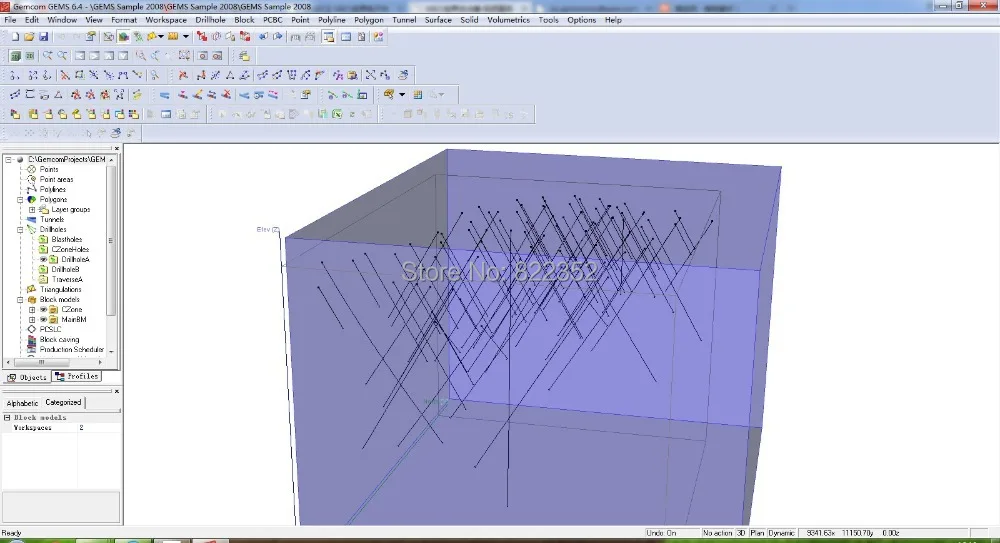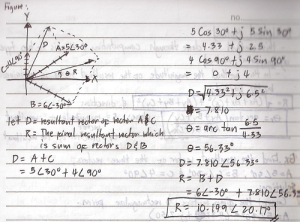
- #Surpac polygon method software#
- #Surpac polygon method series#
The triangulation of a surface should not be confused with the triangulation of a discrete prescribed plane set of points. Polygonizing a surface means to generate a polygon mesh. An advantage of the marching method is the possibility to prescribe boundaries (see picture). The cutting cube algorithm determines, at the same time, all components of the surface within the surrounding starting cube depending on prescribed limit parameters. If the surface consists of several components, the algorithm has to be started several times using suitable starting points. This hexagon is then surrounded by new triangles, following given rules, until the surface of consideration is triangulated. The triangulation starts with a triangulated hexagon at a starting point.
The second and simpler concept is the marching method. The expenditure for managing the data is great. #Surpac polygon method software#
The software delivers efficiency and accuracy through ease-of-use, powerful 3D graphics and workflow automation that can be aligned to company-specific processes.
 One method divides the 3D region of consideration into cubes and determines the intersections of the surface with the edges of the cubes in order to get polygons on the surface, which thereafter have to be triangulated ( cutting cube method). GEOVIA Surpac is the world’s most popular geology and mine planning software, supporting open pit and underground operations and exploration projects in more than 120 countries. To triangulate an implicit surface (defined by one or more equations) is more difficult. This can be minimized through adaptive methods that consider step width while triangulating the parameter area. However, the triangles may vary in shape and extension in object space, posing a potential drawback. The triangulation of a parametrically defined surface is simply achieved by triangulating the area of definition (see second figure, depicting the Monkey Saddle).
One method divides the 3D region of consideration into cubes and determines the intersections of the surface with the edges of the cubes in order to get polygons on the surface, which thereafter have to be triangulated ( cutting cube method). GEOVIA Surpac is the world’s most popular geology and mine planning software, supporting open pit and underground operations and exploration projects in more than 120 countries. To triangulate an implicit surface (defined by one or more equations) is more difficult. This can be minimized through adaptive methods that consider step width while triangulating the parameter area. However, the triangles may vary in shape and extension in object space, posing a potential drawback. The triangulation of a parametrically defined surface is simply achieved by triangulating the area of definition (see second figure, depicting the Monkey Saddle).  the application of finite element methods. In literature there are contributions which deal with the optimization of a given net. This document indicates that the 2D area is 23125 m 2, the 3D area is 23450 m 2 and the volume is 196067m 3.This article describes the generation of a net of triangles. txt format in the folder where it has been saved. If the volume would be the one of a lake, the option should be “Below”.ģD Analyst Tools > Functional surface > Surface Volume Therefore we have the base polygon and we will extract by mask using it as the mask: Spatial Analyst Tools > Extraction > Extract by Maskīefore calculating the volume, we need to know if we will decide the option “Above” or “Below” and also have the Environment settings prepared regarding the coordinates and raster analysis.Īs in this case we want to calculate the volume inside a mountain, we will select the option “Above”. We will select the base line through the specified tool and choose “extract” right clicking the layer.Īs this is a line, we need to convert it to polygon: Data Management Tools > Features > Feature to Polygon
the application of finite element methods. In literature there are contributions which deal with the optimization of a given net. This document indicates that the 2D area is 23125 m 2, the 3D area is 23450 m 2 and the volume is 196067m 3.This article describes the generation of a net of triangles. txt format in the folder where it has been saved. If the volume would be the one of a lake, the option should be “Below”.ģD Analyst Tools > Functional surface > Surface Volume Therefore we have the base polygon and we will extract by mask using it as the mask: Spatial Analyst Tools > Extraction > Extract by Maskīefore calculating the volume, we need to know if we will decide the option “Above” or “Below” and also have the Environment settings prepared regarding the coordinates and raster analysis.Īs in this case we want to calculate the volume inside a mountain, we will select the option “Above”. We will select the base line through the specified tool and choose “extract” right clicking the layer.Īs this is a line, we need to convert it to polygon: Data Management Tools > Features > Feature to Polygon 
We will extract by mask and for that we need to have a mask that will be the mountain´s base. We now need to delineate the calculation area. We will obtain something similar to this: The cell size and extent field are selected form the DTM where we have obtained the contour lines. We have to realize that in the option “field” it will be selected the field that refers to height, in this case the “contour” field. Use the “Topo to raster” tool, located in: 3D Analyst Tools > Raster Interpolation> Topo to Raster They represent at which height stands each one and this is how we will study the existing volume of a mountain.
#Surpac polygon method series#
Let’s start with this main shape, a series of contour lines extracted from a raster. In this post, we will learn how to calculate the volume of a polygon.
Route Analysis – finding the shortest pathĪrcGIS has numerous tools to calculate topographic elements of all kinds, including volumetric calculations. Using ESRI products, Carto, Mapbox and Google Maps.







 0 kommentar(er)
0 kommentar(er)
